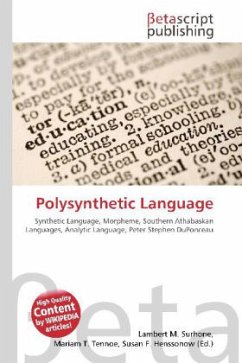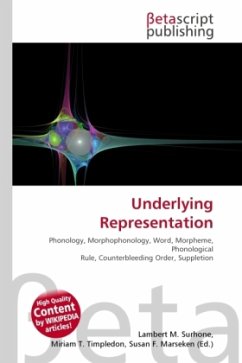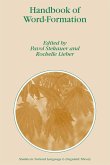Please note that the content of this book primarily consists of articles available from Wikipedia or other free sources online. Polysynthetic languages are highly synthetic languages, i.e., languages in which words are composed of many morphemes.Not all languages can be easily classified as being completely polysynthetic. Morpheme and word boundaries are not always clear cut, and languages may be highly synthetic in one area but less synthetic in other areas (compare verbs and nouns in Southern Athabaskan languages).The degree of synthesis refers to the morpheme-to-word ratio. Languages with more than one morpheme per word are synthetic. Polysynthetic languages lie at the extreme end of the synthesis continuum with a very high number of morphemes per word (at the other extreme are isolating or analytic languages with only one morpheme per word). These highly synthetic languages often have very long words that correspond to complete sentences in less synthetic languages.








